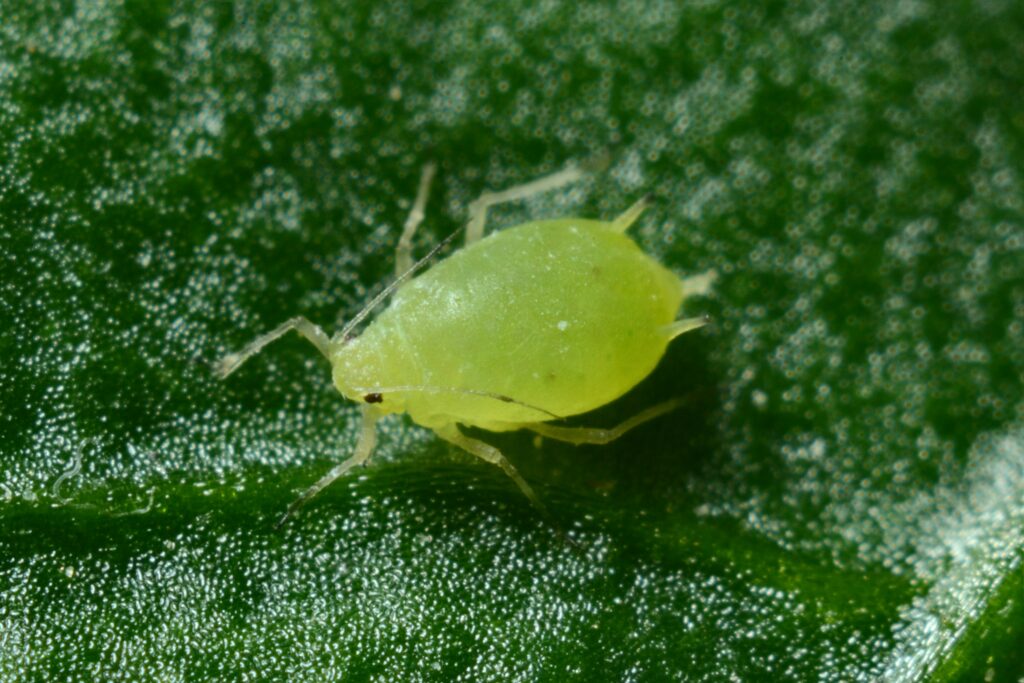Imagine discovering an insect that rewrites the rules of reproduction as we know them. Picture tiny creatures that are born already pregnant with the next generation, never needing to find a mate or engage in courtship rituals. These extraordinary insects exist right under our noses, challenging everything we thought we knew about nature’s reproductive strategies. Welcome to the mind-bending world of aphids, where mothers give birth to genetic clones of themselves, and the concept of sexual reproduction becomes almost obsolete for months at a time.
The Ultimate Reproductive Hack
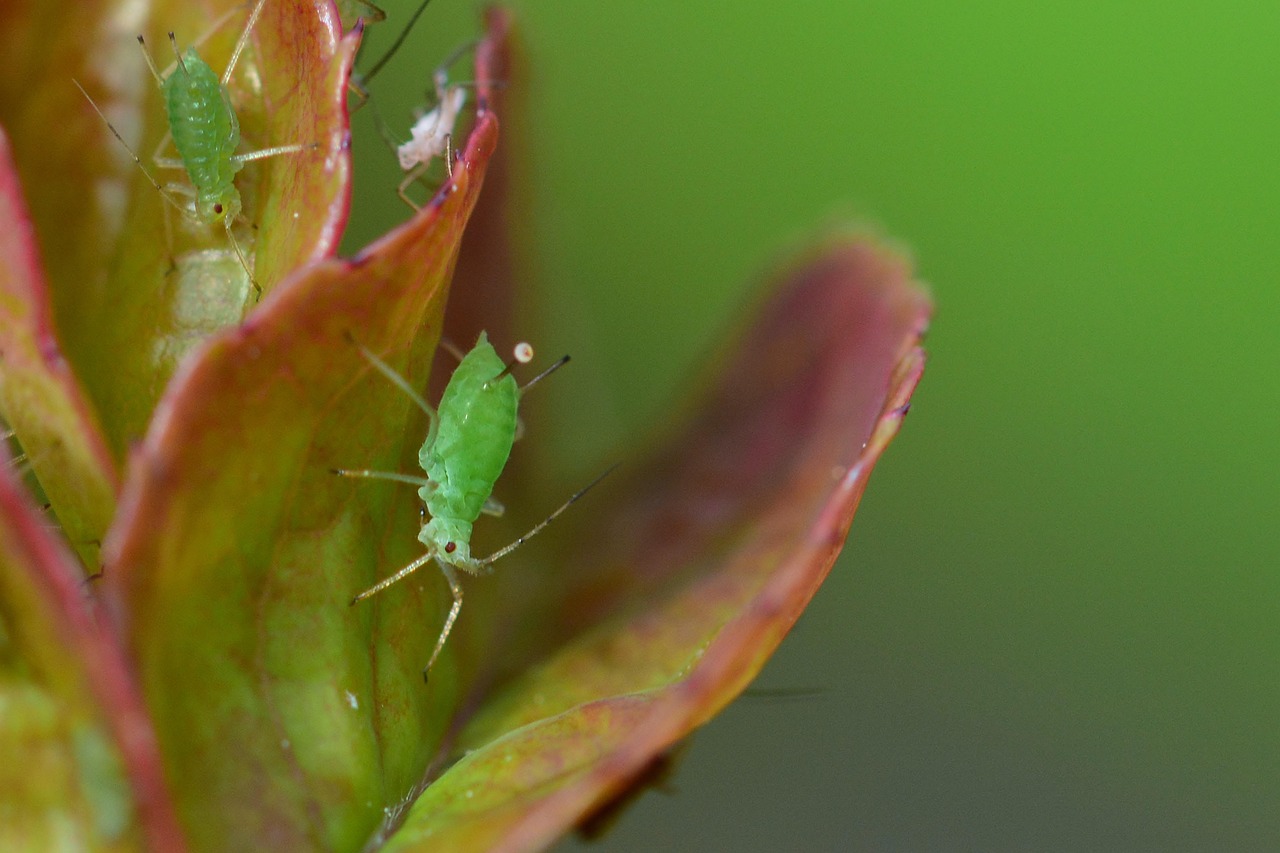
Aphids have mastered what scientists call parthenogenesis, a reproductive strategy that sounds like science fiction but is very much reality. These small, soft-bodied insects can produce offspring without any male involvement whatsoever. Think of it as nature’s version of a copy machine, where each female aphid creates exact genetic duplicates of herself. This process is so efficient that a single aphid can theoretically produce billions of descendants in just one season. The speed at which they reproduce is staggering, with some species capable of giving birth to live young every few hours during peak conditions.
Born Ready to Reproduce
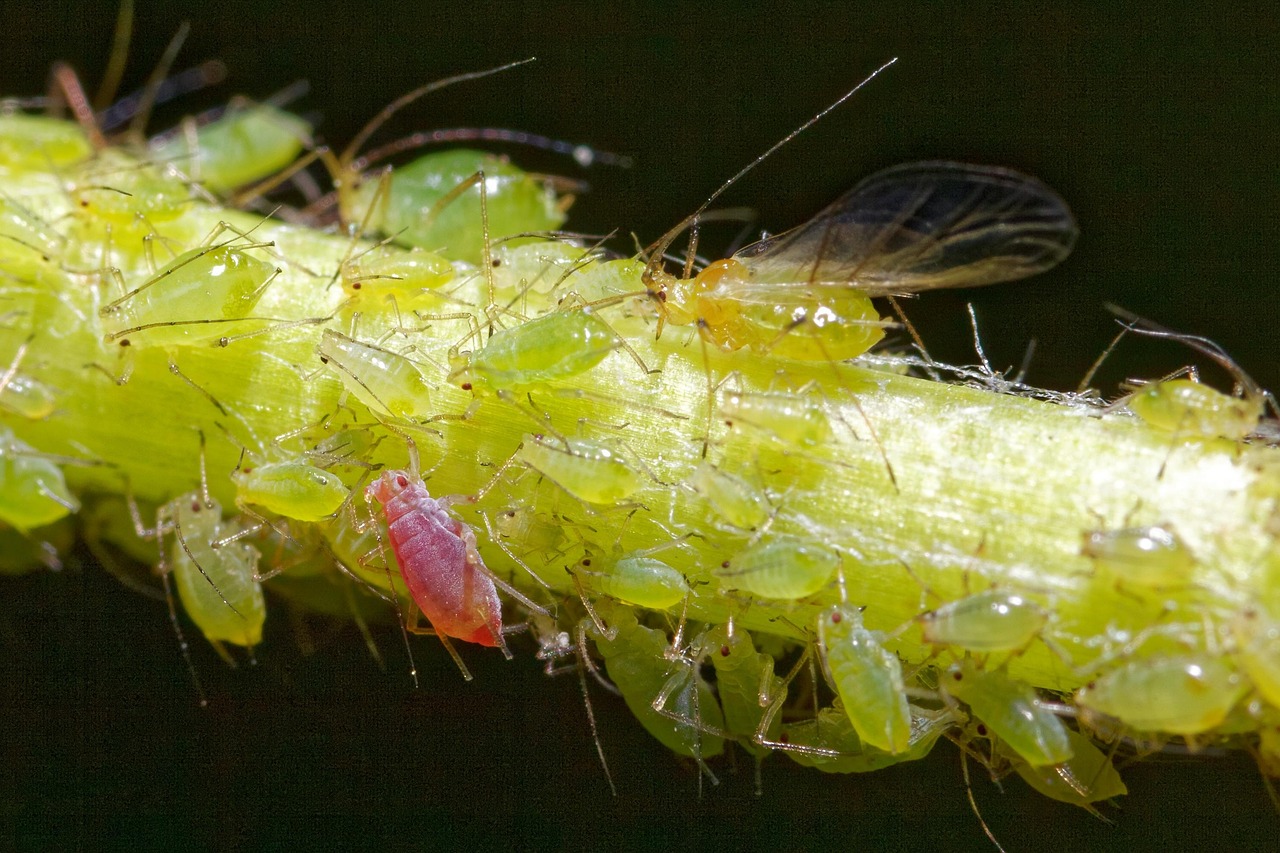
Perhaps the most shocking aspect of aphid reproduction is that females are literally born pregnant. Inside each newborn female aphid, the next generation is already developing, creating what scientists call “telescoping generations.” It’s like Russian nesting dolls, but with living creatures inside living creatures. This means that grandmother, mother, and daughter can all be alive and reproducing simultaneously. The biological efficiency is mind-boggling, as it eliminates the time typically needed for sexual maturation and mate-finding. Female aphids can start producing offspring within days or even hours of being born themselves.
The Science Behind Asexual Reproduction
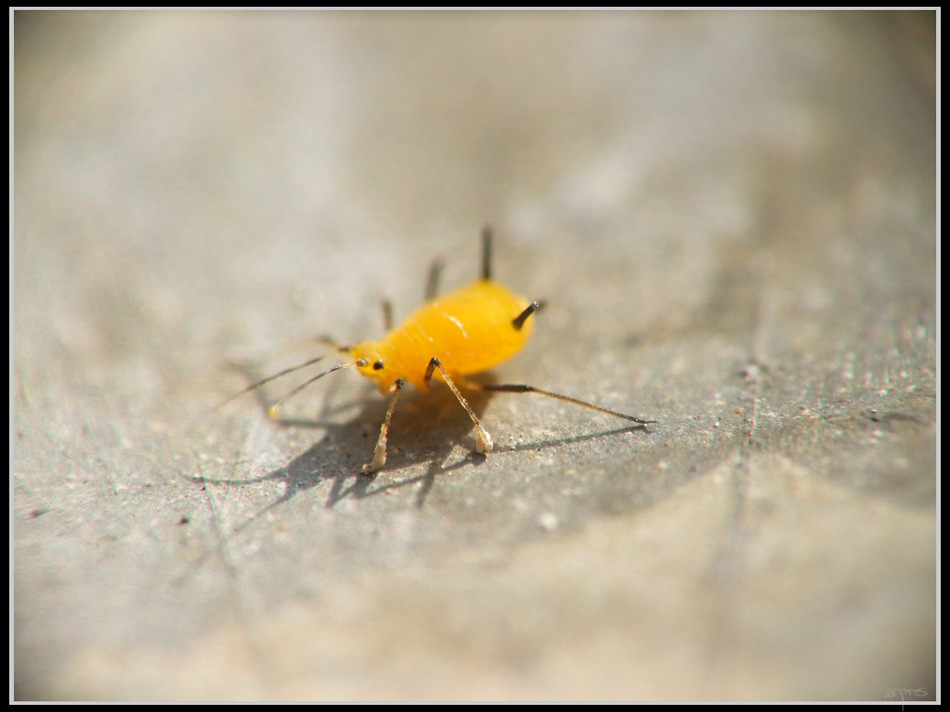
Parthenogenesis in aphids occurs through a process where eggs develop without fertilization from sperm. The female’s reproductive system essentially tricks the egg into believing it has been fertilized, triggering embryonic development. This process produces genetically identical offspring, creating vast colonies of clones. Scientists have discovered that aphids can control their reproductive destiny through environmental cues, switching between sexual and asexual reproduction based on conditions. The cellular mechanisms involved are incredibly complex, involving chromosome manipulation that would make geneticists envious.
Speed Demons of the Insect World
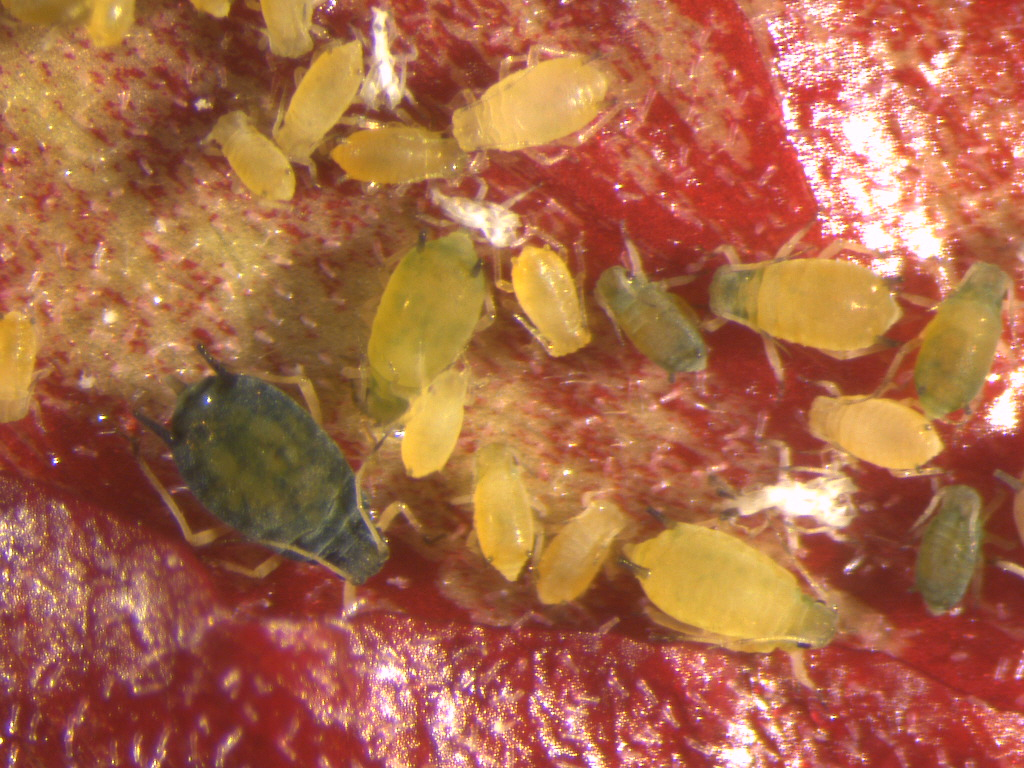
The reproductive rate of aphids is nothing short of explosive. Under ideal conditions, a single aphid can produce up to 80 offspring in her lifetime, with each generation taking as little as seven to ten days to mature. This means that in just one summer season, the descendants of a single aphid could theoretically number in the billions. The exponential growth is so rapid that if left unchecked, aphids could quickly overwhelm entire ecosystems. Their ability to reproduce at lightning speed makes them both fascinating subjects for scientific study and formidable agricultural pests.
Living Clone Armies
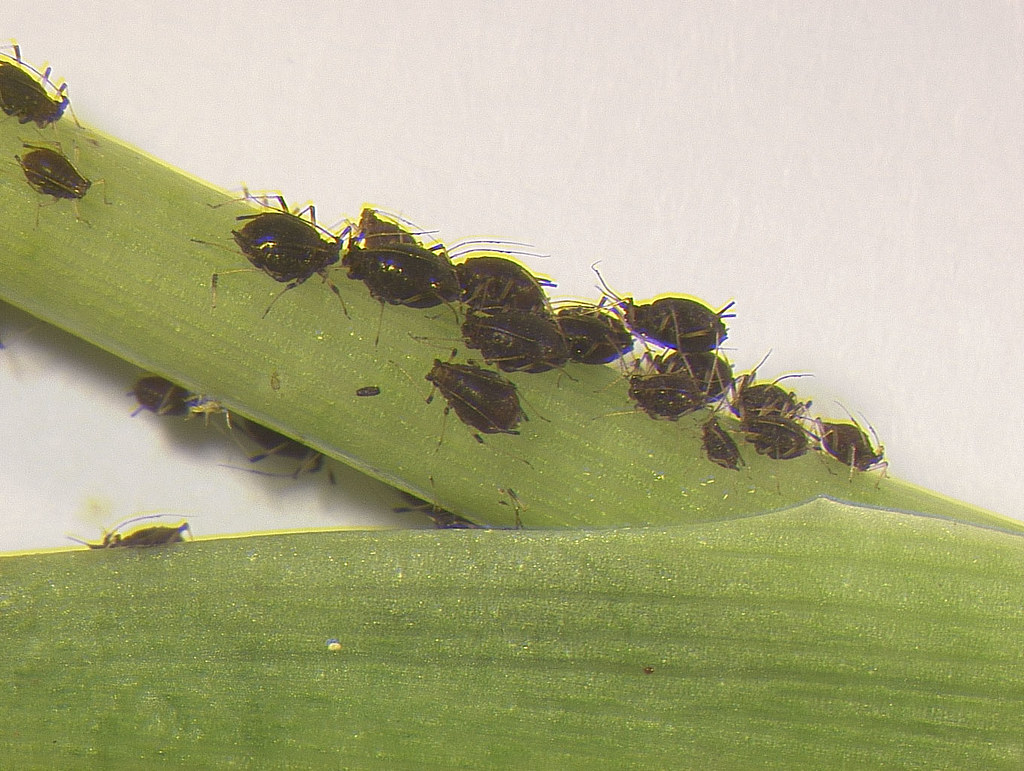
When aphids reproduce asexually, they create what essentially amounts to living clone armies. Every individual in a colony shares identical DNA with their mother, grandmother, and all siblings. This genetic uniformity creates incredibly efficient social structures where every member is perfectly adapted to the same environmental conditions. However, this genetic similarity also creates vulnerability, as what affects one individual can potentially impact the entire colony. The sight of thousands of identical aphids working together on a single plant is both mesmerizing and slightly unnerving.
The Seasonal Reproduction Switch
Aphids don’t rely solely on asexual reproduction year-round. As autumn approaches and environmental conditions become harsher, many species switch to sexual reproduction. This strategic timing allows them to introduce genetic diversity just when they need it most for survival. The sexually produced eggs are typically more hardy and can survive winter conditions that would kill the soft-bodied asexual generations. It’s like having a backup plan built into their genetic code, ensuring species survival through the harshest conditions. This reproductive flexibility gives aphids an incredible advantage in changing environments.
Environmental Triggers for Reproduction
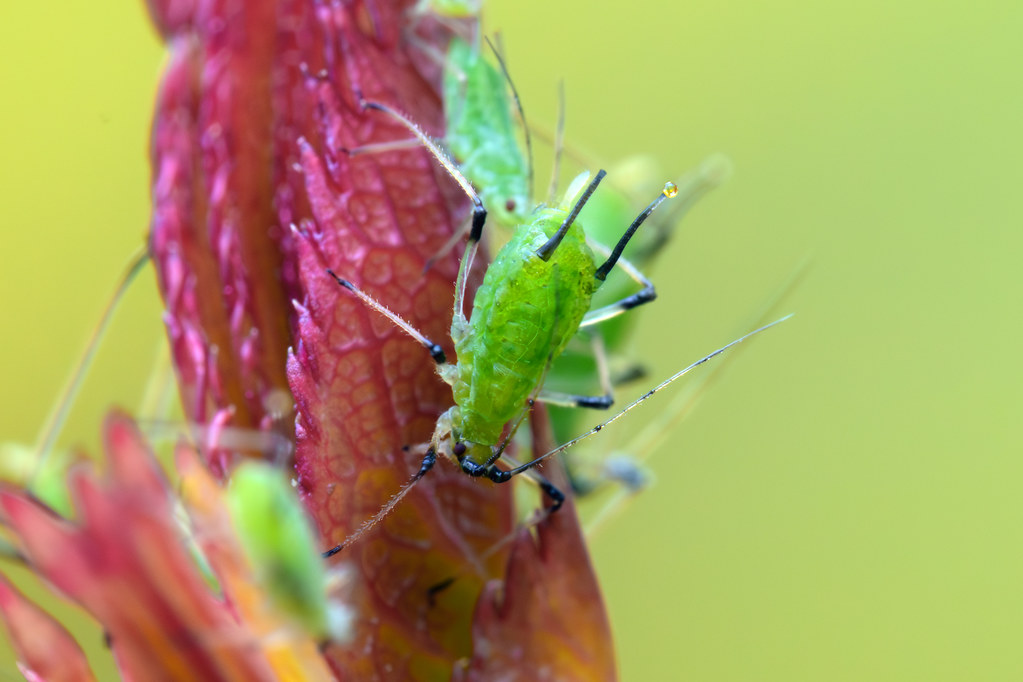
Temperature, daylight hours, and food quality all play crucial roles in determining how aphids reproduce. When conditions are optimal with abundant food and warm temperatures, asexual reproduction dominates. As resources become scarce or temperatures drop, hormonal changes trigger the switch to sexual reproduction. Scientists have discovered that even subtle changes in plant chemistry can influence aphid reproductive strategies. This environmental sensitivity allows aphids to maximize their reproductive success based on real-time conditions. The precision with which they respond to environmental cues is remarkably sophisticated for such small creatures.
The Winged Migration Strategy
When colonies become overcrowded, something remarkable happens – some aphids develop wings. These winged individuals, called alates, serve as the colony’s expansion force, flying to new host plants to establish fresh colonies. The decision to produce winged offspring is controlled by population density and resource availability. Once they land on a suitable plant, these winged colonizers immediately begin reproducing asexually, starting the cycle anew. This strategy allows aphids to spread rapidly across vast distances without relying on chance encounters between males and females. The coordination involved in this migration strategy rivals that of much larger, more complex organisms.
Genetic Consequences of Cloning
While asexual reproduction offers incredible speed and efficiency, it comes with significant genetic costs. The lack of genetic recombination means that harmful mutations can accumulate over time, potentially weakening entire lineages. Aphids address this challenge through their cyclical switch to sexual reproduction, which shuffles genes and purges harmful mutations. Scientists have observed that long-term asexual lineages often show reduced fitness compared to their sexually reproducing counterparts. This genetic burden is the price aphids pay for their reproductive efficiency. The balance between speed and genetic health represents one of nature’s most interesting evolutionary trade-offs.
Host Plant Relationships
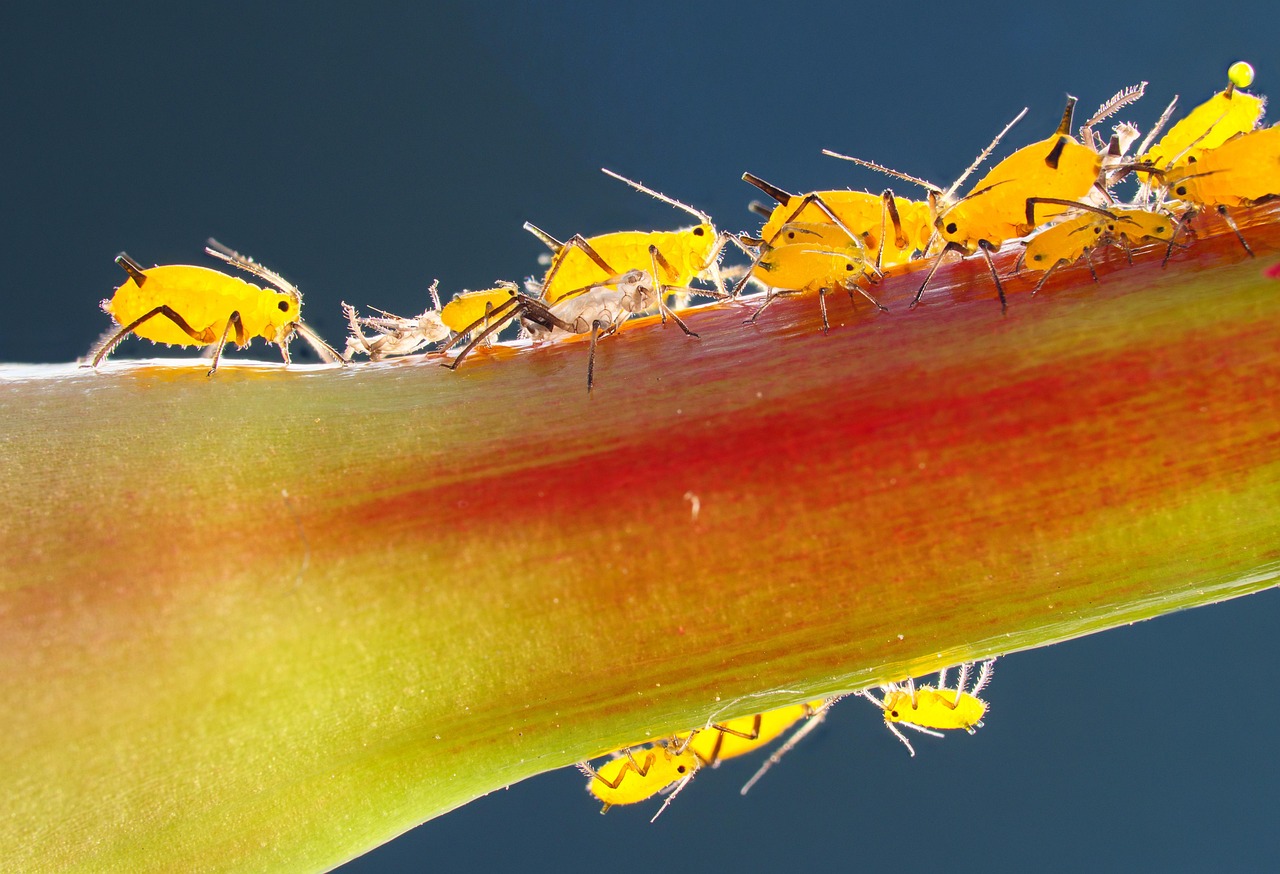
Many aphid species have evolved incredibly specific relationships with their host plants, sometimes requiring different plants for different life stages. Some species alternate between woody plants for overwintering and herbaceous plants for summer reproduction. This host alternation adds another layer of complexity to their already intricate life cycles. The aphids must time their reproduction and migration to coincide with the availability of appropriate host plants throughout the year. These plant relationships are so specific that some aphid species can only survive on a single plant species, creating evolutionary partnerships that have lasted millions of years.
Defense Mechanisms and Survival
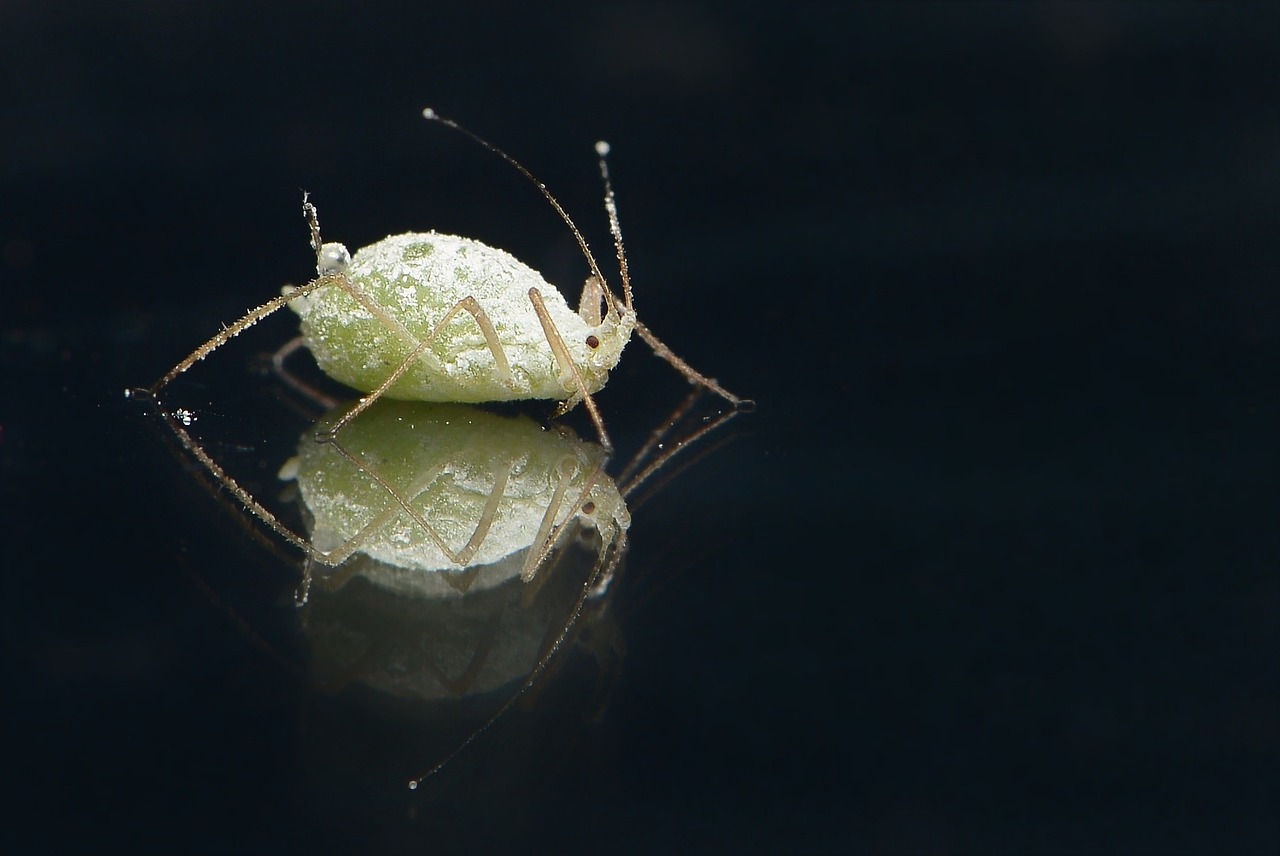
Despite their soft bodies and seemingly vulnerable nature, aphids have developed remarkable defense strategies. Some species produce alarm pheromones when attacked, warning nearby colony members of danger. Others can literally drop off plants when threatened, using gravity as an escape mechanism. Certain aphid species have evolved waxy coatings that make them difficult for predators to grasp. The most fascinating defense is their ability to rapidly reproduce faster than predators can consume them, essentially outbreeding their enemies. These survival strategies work in concert with their reproductive abilities to ensure colony persistence.
Agricultural Impact and Human Interaction
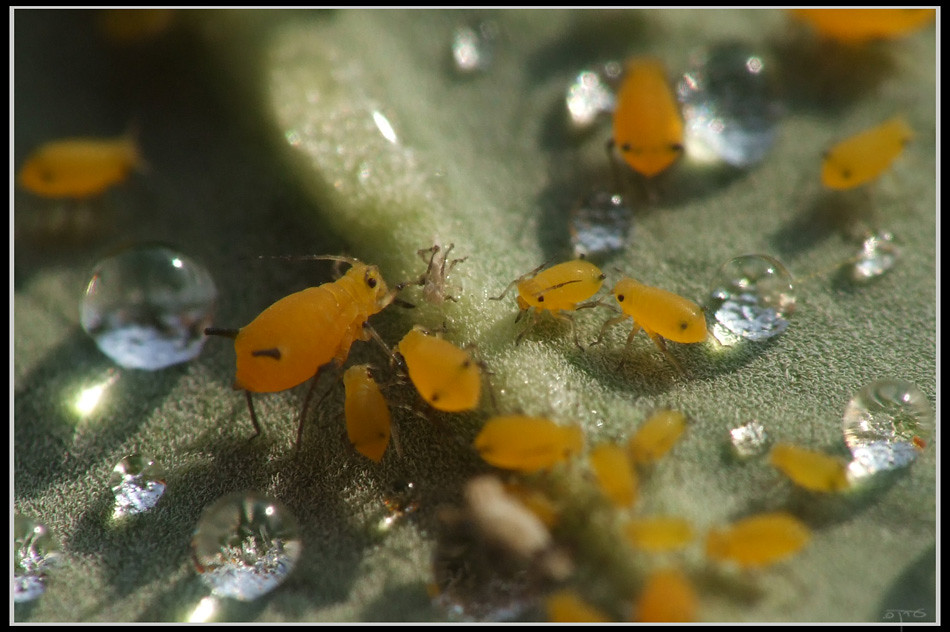
The aphid’s reproductive prowess makes them significant agricultural pests worldwide. Their ability to rapidly colonize crops and reproduce exponentially can devastate entire harvests in remarkably short periods. Farmers spend billions of dollars annually trying to control aphid populations through pesticides and biological control methods. However, the same reproductive efficiency that makes them pests also makes them important food sources for beneficial insects like ladybugs and lacewings. This dual role as both pest and prey makes aphids crucial components of agricultural ecosystems, despite the challenges they present to crop production.
Evolutionary Advantages and Disadvantages
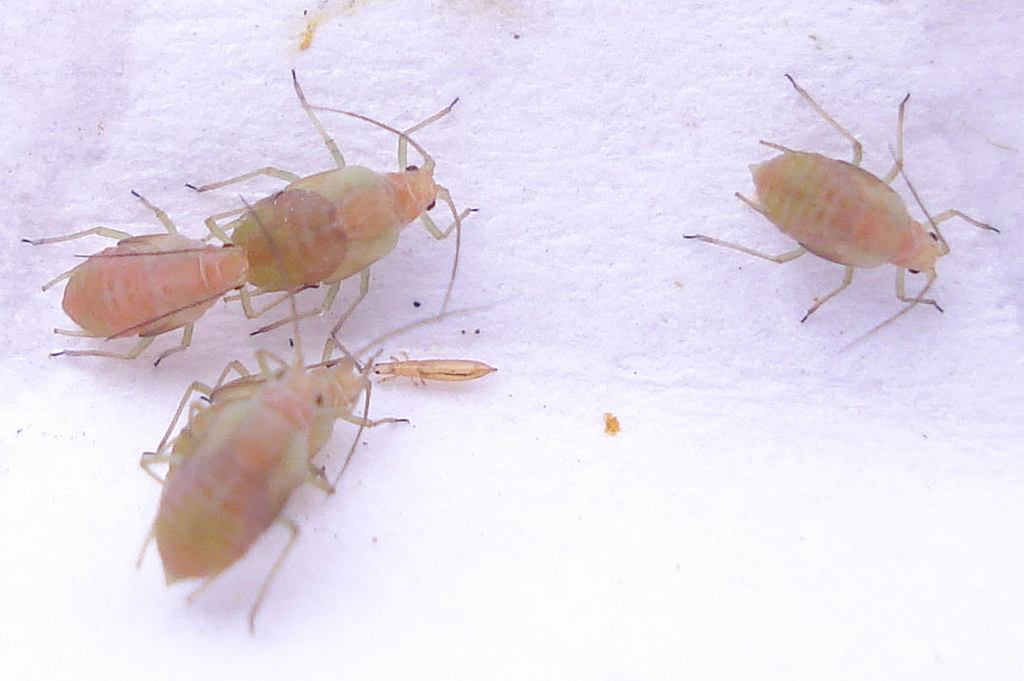
Asexual reproduction provides aphids with several evolutionary advantages, including rapid colonization of new habitats and the ability to exploit favorable conditions quickly. However, it also creates evolutionary dead ends where adaptation to changing conditions becomes difficult. The lack of genetic diversity makes entire populations vulnerable to diseases, parasites, or environmental changes. Scientists believe that the cyclical nature of aphid reproduction, alternating between sexual and asexual phases, represents an evolutionary compromise. This strategy allows them to capture the benefits of both reproductive methods while minimizing the disadvantages of each. The success of this approach is evident in aphids’ global distribution and abundance.
Future Research and Scientific Implications
Aphids continue to fascinate scientists studying reproduction, genetics, and evolution. Their unique reproductive strategies offer insights into the costs and benefits of sexual versus asexual reproduction. Researchers are investigating how aphids maintain genetic stability across multiple asexual generations and what triggers their reproductive switches. Some scientists are exploring whether understanding aphid reproduction could lead to new pest control strategies or even applications in biotechnology. The study of these remarkable insects continues to challenge our understanding of fundamental biological processes. As climate change alters environmental conditions worldwide, understanding how aphids adapt their reproductive strategies becomes increasingly important for predicting their future impact on ecosystems and agriculture.
The world of aphids reveals nature’s incredible ingenuity in solving reproductive challenges. These tiny insects have essentially hacked the system of reproduction, creating a strategy that combines the speed of asexual reproduction with the genetic benefits of sexual reproduction. Their ability to be born pregnant, create clone armies, and switch reproductive strategies based on environmental conditions represents one of the most sophisticated reproductive systems in the animal kingdom. While their success as agricultural pests causes frustration for farmers worldwide, we cannot deny the remarkable evolutionary achievement they represent. Next time you see these small green insects clustered on a plant, remember that you’re witnessing one of nature’s most extraordinary reproductive innovations in action. Who would have thought that such tiny creatures could challenge our basic understanding of how life perpetuates itself?

